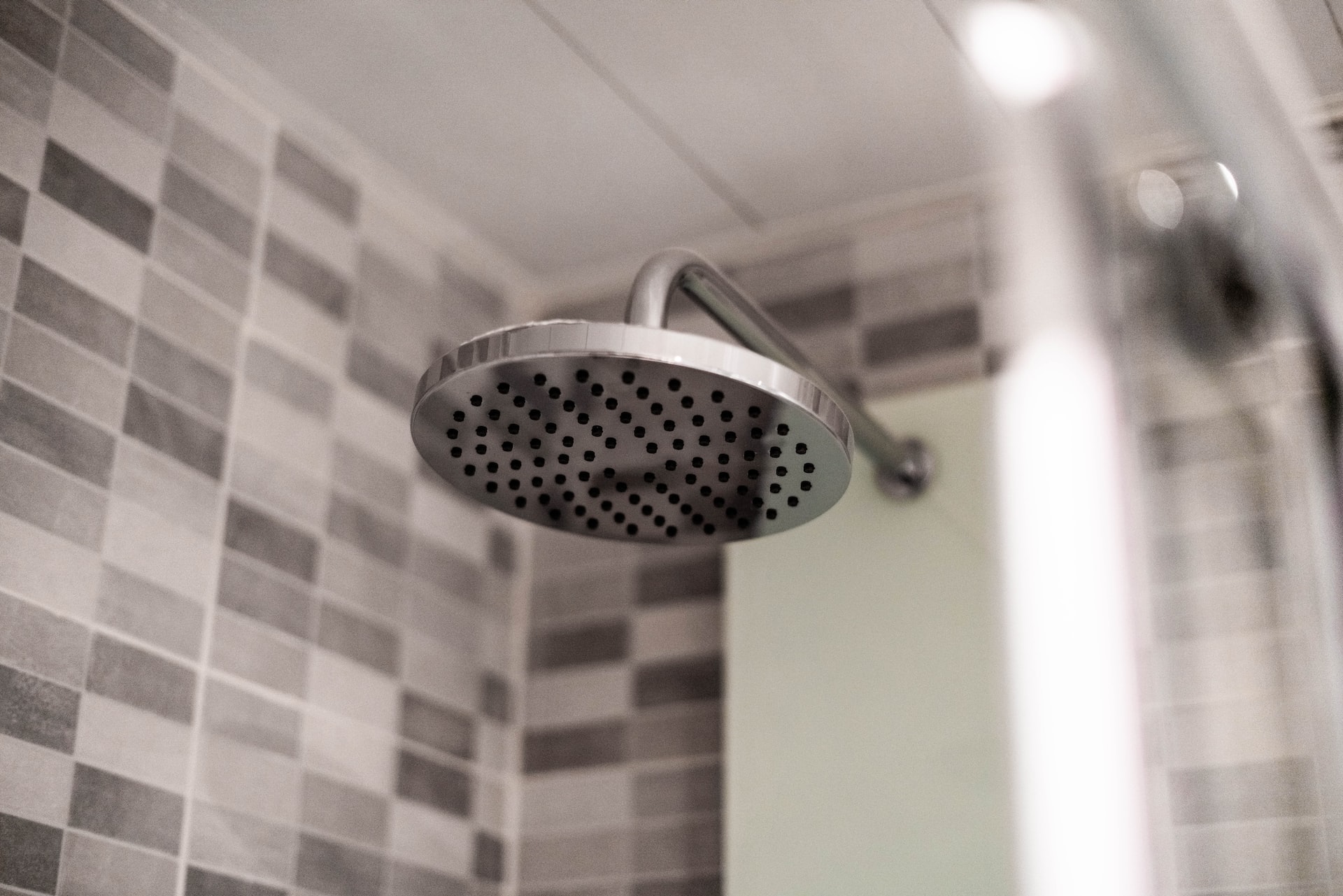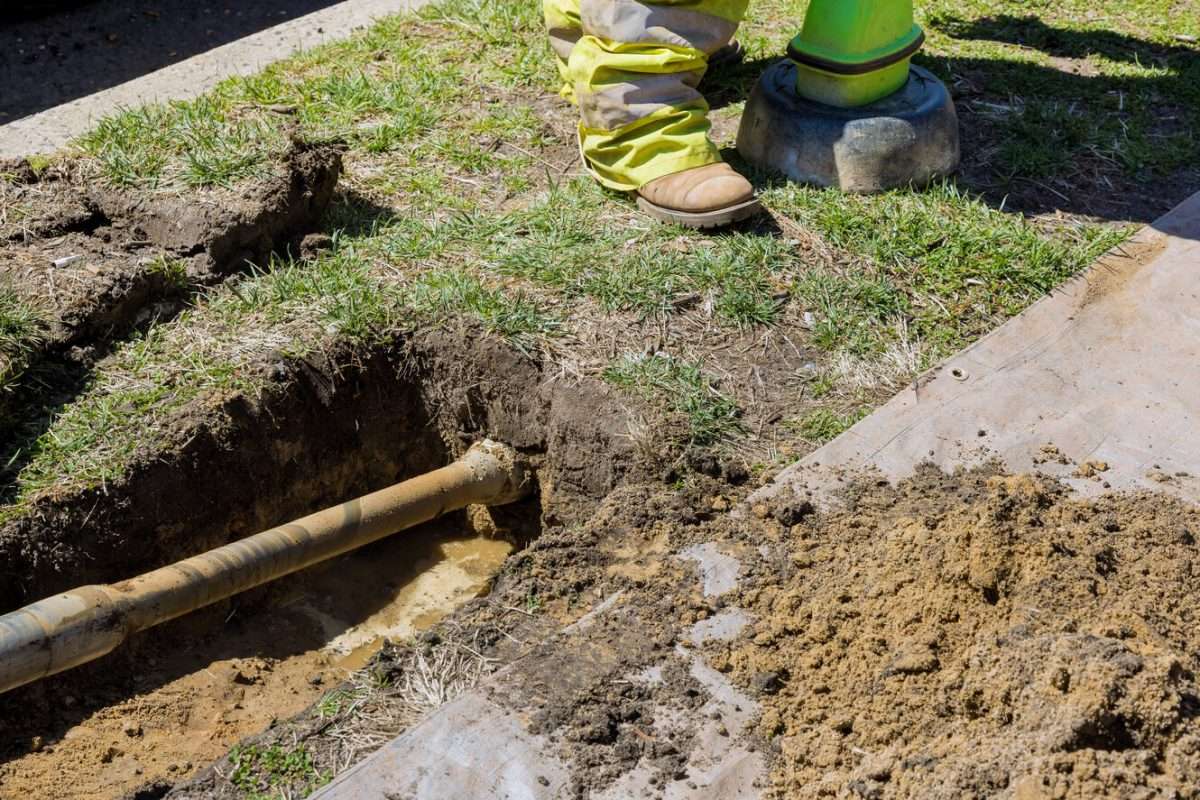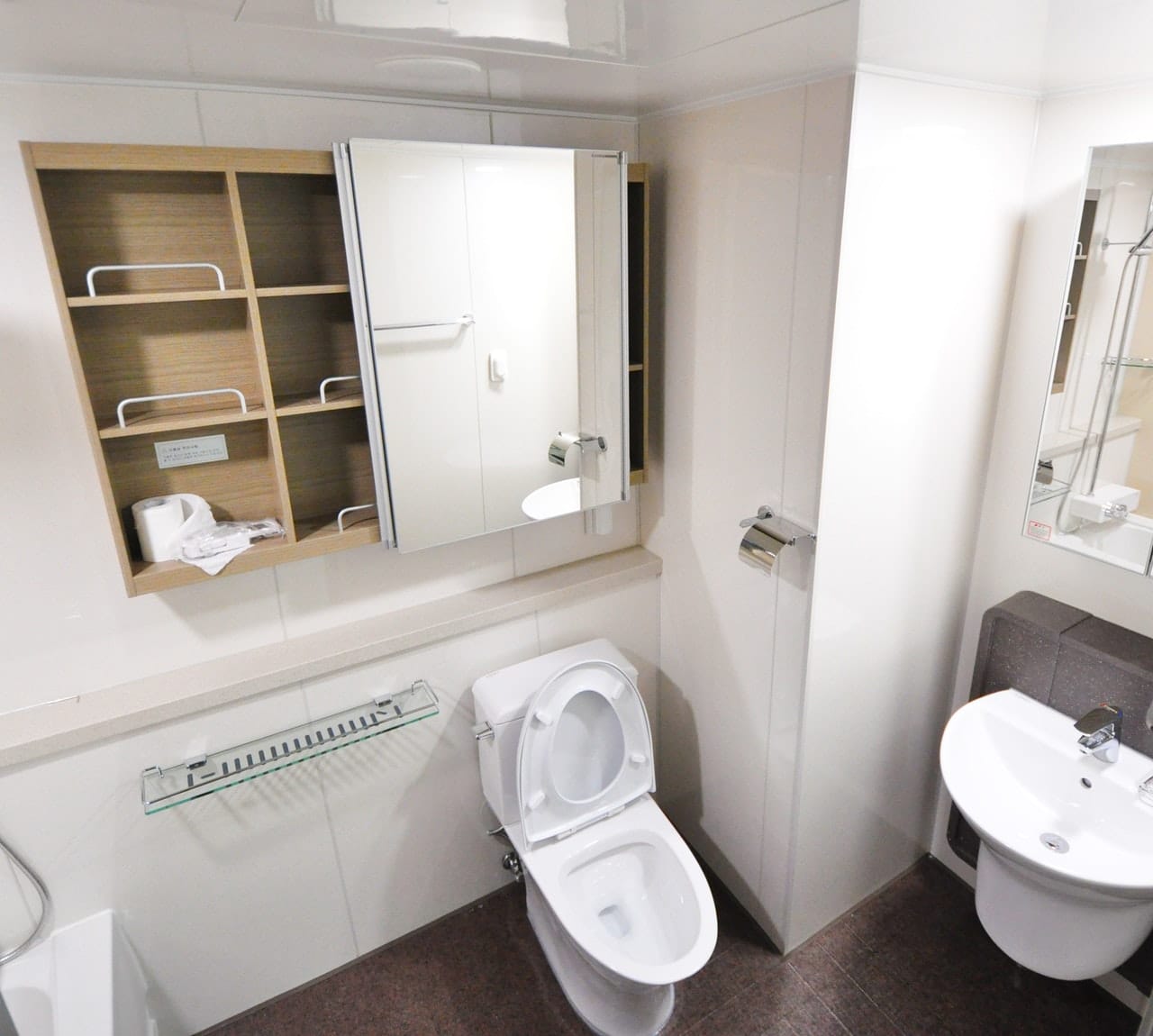There are many things to consider while building a new structure, whether for a house or a company. You must work with a general contractor, create blueprints, and ensure that everything complies with local codes. Did you realize that you’ll also need to employ a skilled plumber?
Service plumbing entails alterations or repairs made after a house has already been constructed.
In plumbing for new construction, a structure is being built, and plumbing is being put inside of it for the first time as part of the construction process. This kind of plumbing is further broken down into rough-in and finish plumbing.
Every building or structure with plumbing had undergone construction plumbing at some point when all new systems were installed. Let’s go through what you need to know when it comes to new construction plumbing.
The Components of Plumbing
There are several key plumbing system components for new construction. This includes the following:
- Water Supply Pipelines: These are pipelines that are specially built to bring in fresh potable water from an outside water source. City water and private well systems are the most familiar sources from which these pipelines are fed and linked.
- Drain Pipes: These pipelines, which are often considerably bigger than water supply pipes, transport wastewater to an outside location.
These pipes connect to standard amenities like sinks, showers, and toilets before exiting the facility to a city sewer system or a private septic system.
- Vents: These pipes link to the building’s drain pipes and provide ventilation so the drain pipes can function correctly.
- Water Heater: Plumbers install these units and connect them to the water supply pipe system so that hot water is available at fixtures such as sinks and showers.
- Individual Plumbing Fittings: These are often the last components installed in a structure’s new construction plumbing. Sinks, faucets, bath and shower trim and controls, toilets, and other end-user points of use are examples of these fixtures.
Pressure-Testing
Once a new building plumbing system has been entirely completed, the installers must put it through several testing before it can be certified as operational. This is often accomplished by filling the pipes with air pressure and then monitoring that pressure for a while to determine whether any leakage occurs. Water is also utilized in some circumstances to pressure-test all new piping.
What to Expect
Various parts of the construction would require a plumber, such as:
- Pipe: This includes everything from the lines that transport water to those that handle gas, to those that take drainage, to any other pipe on your property.
Making sure all of this equipment is placed correctly is critical since broken or damaged pipes throughout the construction process can reduce functioning and ultimately cause your entire system to fail.
- Water and Sewer Lines: If you don’t have available water and sewer lines, you won’t be able to use your drains or toilets. You need to ensure that your water and sewer lines are built adequately so that you don’t have to struggle with nasty sewer backups and unclean water in the future.
- Shut-off Valves: Every toilet, sink, and shower on your property has a shut-off valve. This device aids in gauging water pressure and preventing problems such as water leaks.
- Fixtures: From faucets to shower heads to toilets, having aesthetically pleasing, high-quality fixtures is not just the last piece of the puzzle to a functional plumbing system. It’s also required before a building inspector can certify your home as up to code.
Conclusion
Understanding new construction plumbing can be a challenge for the average homeowner. However, by familiarizing yourself with the basics of plumbing and working with a qualified local plumber, you can ensure that your new home is plumbed correctly. With a bit of knowledge and effort, you can have the peace of mind that comes with knowing your home is safe and sound.
Are you looking for a plumber in Thousand Oaks, California? Candu Plumbing & Rooter can help you with any plumbing issues. Give us a call to learn more!





